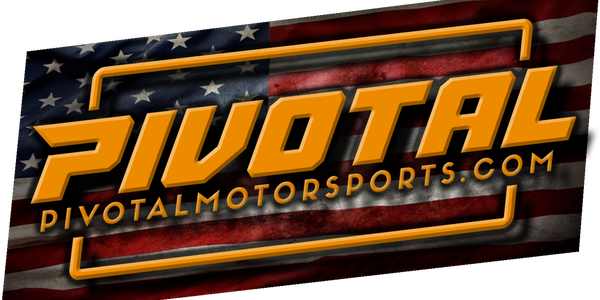WHY DO WE USE A U CHANNEL AND RIVETS FOR THE STRUCTURE?
The MPI Construction Difference
In the history of the steering wheel, the U channel and rivets construction has been the standard for many years.
Some overseas companies like to weld their spokes to the U channel.
WHY DON’T WE DO IT?
Through years of experience, we learned that any hard spot on a circular surface intended to deform under impact, will never deform. At MPI we could have cut some corners and welded our channel instead of creating a GIG that precisely guides our rivet inserts. We didn’t because we don’t think that is the BEST way to build a wheel. Would it have been less expensive? Obviously! It takes 30 second to weld a wheel against the 15 minutes to do the MPI process, but we think our way is much better.
WHAT IS DIFFERENT BETWEEN MPI AND OTHER WHEELS?
We wanted to be INNOVATIVE so we pushed the technology to the limits.
Max Papis wanted to build the lightest possible product (lightweight = fast in race cars) but still maintaining a top level of safety and deformation under impact. After long months of R&D the MPI 2 RIVETS WINGED SPOKES technology was born.
It is way cheaper to cut 1000 spokes and cut them down at length depending if you are producing a 12 or 16 inch wheel and it takes investment and commitment to build a specific spoke for each model. Yes, once you add a horizontal component to your spoke you need to make them proprietary for each wheel you built, our winged spoke for a 14 inch can not fit our 15 inch wheel.







